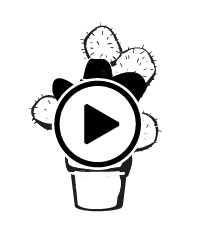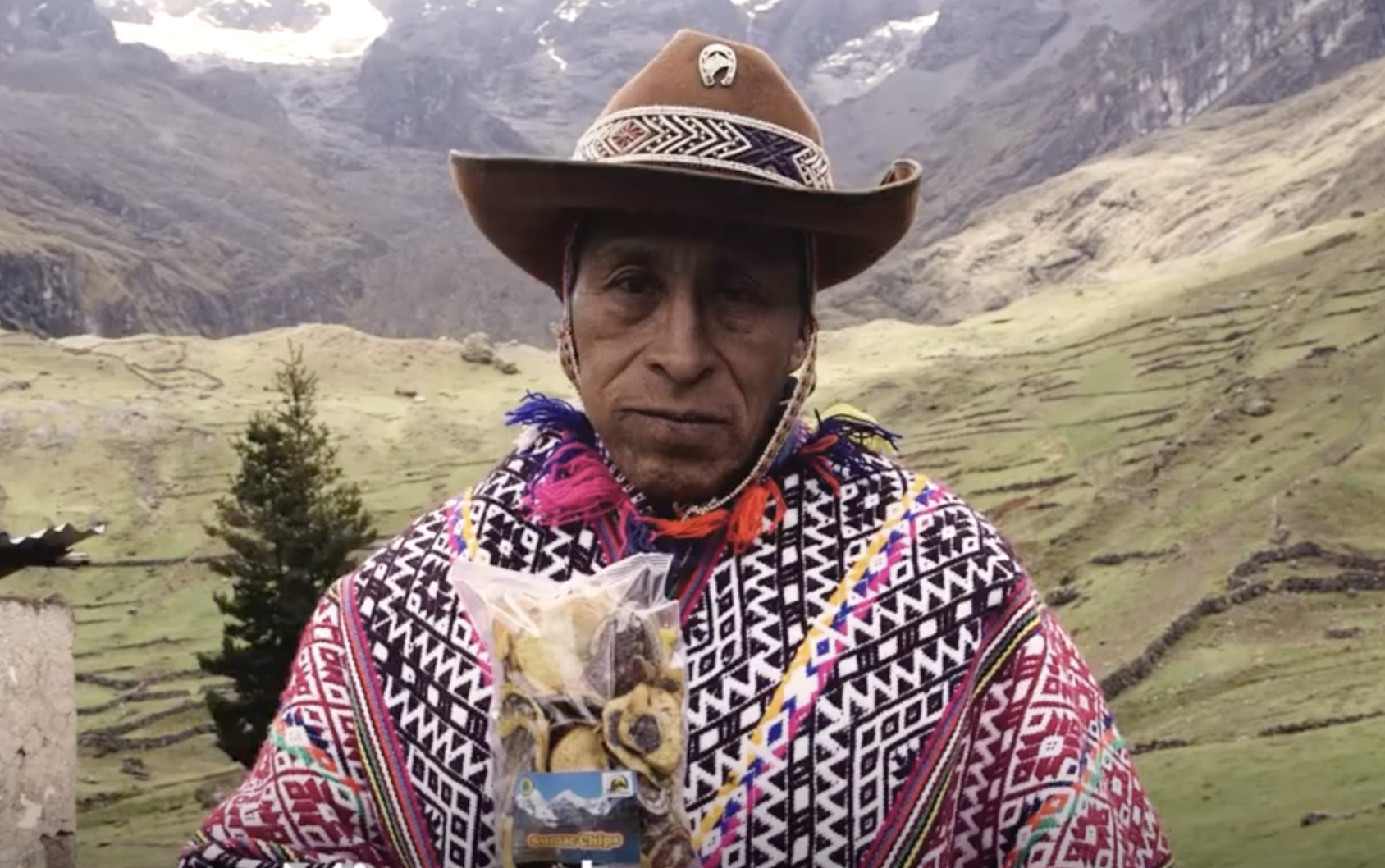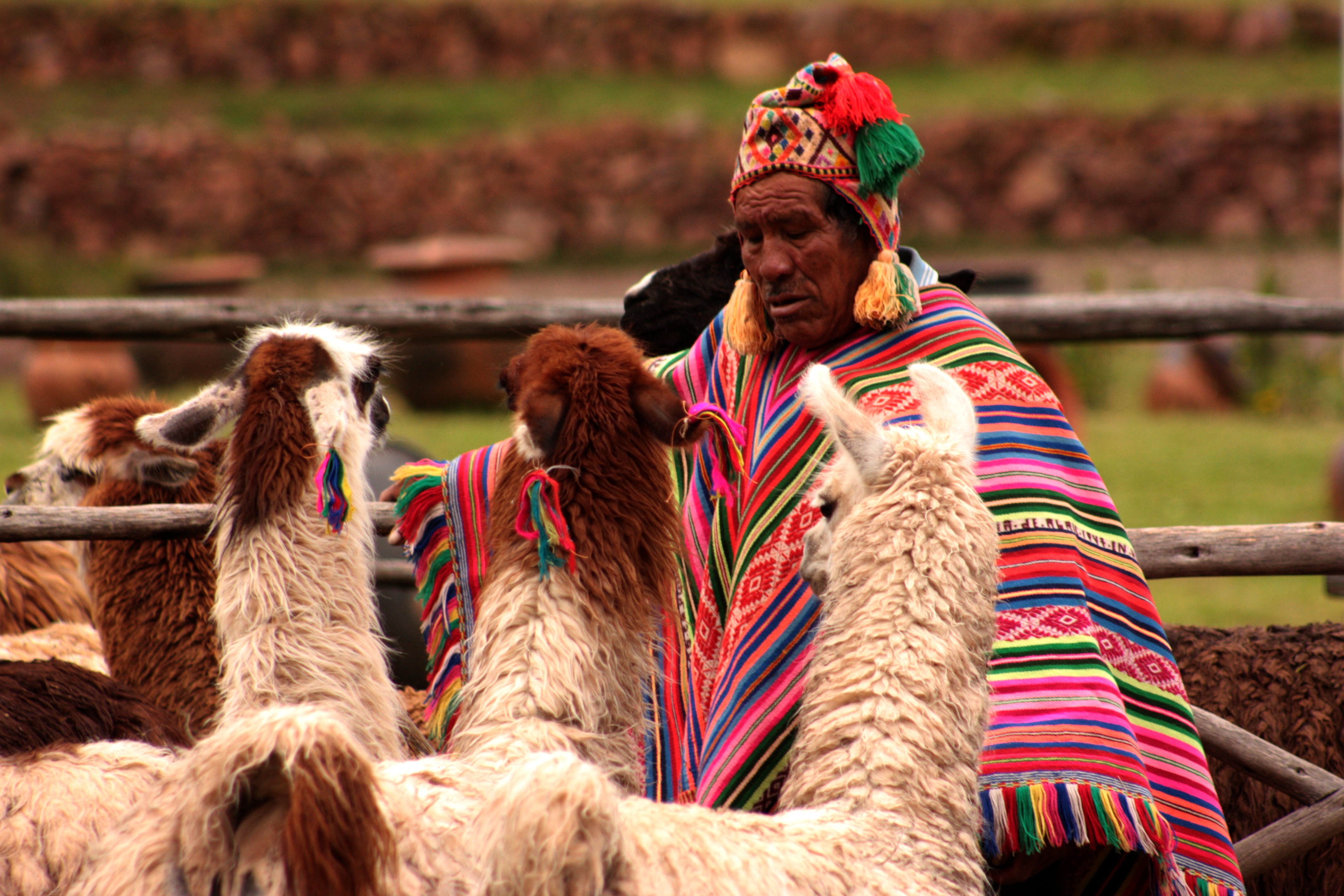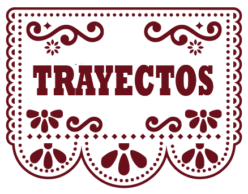 El señor de las papas (Perú)
El señor de las papas (Perú)
I. Antes de ver
El texto en la sección de lectura nos da información sobre las papas. Ahora vemos un vídeo relacionado con el tema. ¿De dónde viene la palabra papa? De acuerdo al texto, ¿dónde se origina este cultivo? ¿Con qué montañas en América del Sur está relacionada la papa? Mira estas fotografías y en base a estas preguntas escribe unas ideas sobre el tema posible de este vídeo.


II. A ver
Ahora mira la película. ¿Quién es el señor de las papas? ¿Qué idiomas escuchas en el vídeo?
Attribution: By AJ+ en español. Used with permission from the producers. This material is copyrighted, and it should not be embedded in derivatives.
![]() III. Después de ver
III. Después de ver
- ¿Quién es el señor de las papas? ¿Qué idiomas habla? ¿Dónde vive?
- Ahora realiza las siguientes actividades sobre la película. Trabaja con un@ compañer@.
Actividad 2-27. ¿Comprendiste? Completa el siguiente cuadro con la información de la película. Usa el audio, las imágenes y el texto escrito para hacerlo.
| Nombre completo del señor de las papas | |
| Edad | |
| Grupo étnico | |
| Lugar donde vive | |
| Miembros de su familia | |
| Número de variedades de papa que cultiva | |
| Nombre de sus papas | |
| Tamaño (size) de su tierra |
Actividad 2-28. Más sobre el señor de las papas. Responde estas preguntas con la información del audio, las imágenes y el texto escrito.
- Describe el lugar (territorio, casa) donde viven el señor de las papas y su familia.
- Describe la ropa que llevan el señor de las papas y su familia. ¿Qué te sorprende sobre la ropa?
- Why is “el señor de las papas” defined as “el guardián de la biodiversidad”?
- How many varieties of potatoes are grown in Peru? What is the problem that affects small farms? What might happen to potatoes in Peru?
- ¿Cuáles son los beneficios/ventajas de la papa originaria?
Actividad 2-29. Análisis crítico.
- This film was produced by the group AJ+ Español. This is the way the group defines themselves and their mission:
“AJ+ Español es una plataforma digital para los jóvenes de América Latina.
Cubrimos las historias que los medios tradicionales no reportan. Resaltamos las voces que desafían el statu quo y las luchas de los pequeños grandes héroes que consiguen soluciones locales a desafíos regionales. Nuestros temas son globales, pero con una perspectiva local y humana.” (https://www.ajplus.net/espanol)
Taking into account this definition and the film you have just seen, what kind of message do you think the filmmakers want to convey? What is their main objective? What audience do they have in mind? What visual, musical, text, and oral language resources are used to convey this message? Choose one of these modes of communication (e.g., images), and analyze its use and meaning.
- What aspects of this movie surprised you? Explain your answer.
- Do you feel that the problems that affect small potato farmers in Peru also affect small farmers in present Texas or other states? Explain your answer. What can we do to reverse this situation?
![]() Actividad 2-30. Ayudamos a Don Julio.
Actividad 2-30. Ayudamos a Don Julio.
Paso 1. Con tu compañer@, develop a one-page digital brochure to advertise Don Julio’s potatoes. Include photographs or images (use Creative Commons [https://search.creativecommons.org/]) of Don Julio, his family, and the place where they live. You need to give information about the place where his farm is, three types of potatoes (photos and names—you can use screenshots of the potatoes), and at least three benefits of eating these potatoes. You can use digital platforms such as Adobe Spark (https://spark.adobe.com/), which has free options for students.
![]() Paso 2. Share your brochure with another pair. Are they similar? How is information organized? What are the images like?
Paso 2. Share your brochure with another pair. Are they similar? How is information organized? What are the images like?
Paso 3. Present your brochures to the rest of the class. The class chooses the three most effective brochures to help Don Julio.
Click on the following button to continue working with the content of this page.
Ahora escribimos sobre tus preferencias culinarias. Vamos a


